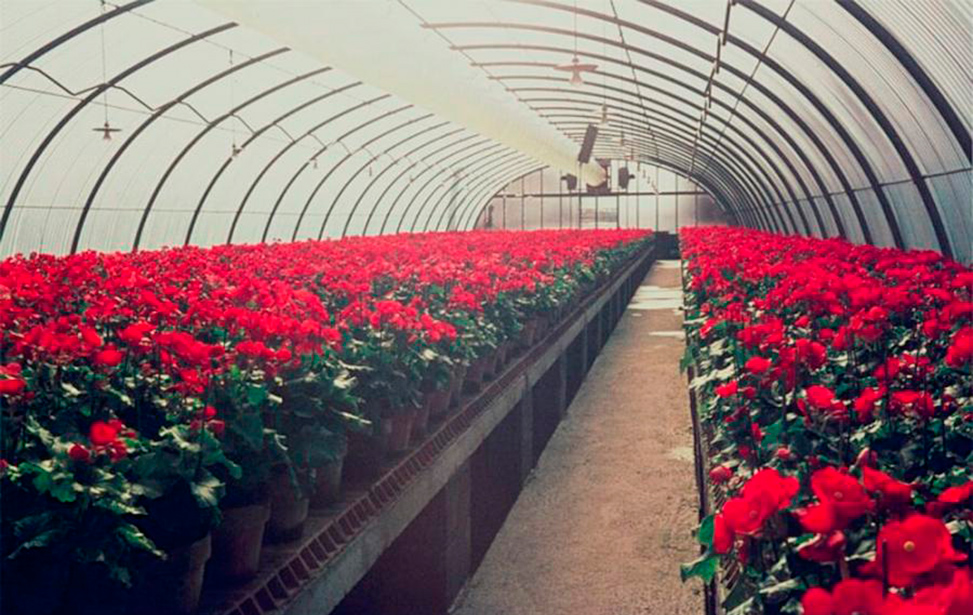The Greenhouse Fill Light Market, valued at approximately $6.81 billion in 2023, is projected to expand to $12.5 billion by 2032, achieving a compound annual growth rate (CAGR) of around 6.98% during the forecast period from 2025 to 2032. This growth can be attributed to several key factors, including the rise of greenhouse farming, technological advancements in lighting systems, and an increasing focus on sustainable agricultural practices.
Key Drivers of Market Growth
- Rising Adoption of Greenhouse Farming:
The global trend towards greenhouse farming enables controlled environments for year-round crop production. This trend has led to a heightened demand for fill lights that enhance photosynthesis during low-light conditions, crucial for maximizing crop yields. - Technological Advancements:
Energy-efficient LED lights have emerged as a game-changer in the greenhouse lighting sector. These systems not only consume less energy but also deliver the specific light spectrum essential for optimal plant growth, significantly enhancing productivity and reducing operational costs. - Government Support:
Many governments are offering subsidies and financial incentives to promote modern farming techniques, including greenhouse operations. This support is crucial in accelerating the adoption of advanced greenhouse lighting technologies. - Sustainability Initiatives:
As the agricultural sector focuses on optimizing resource use, greenhouse fill lights provide a way to enhance crop production while minimizing dependence on natural sunlight. This alignment with sustainability goals is increasingly important for growers. - Rising Food Demand:
The United Nations projects that the global population will reach 7 billion by 2050, intensifying the demand for food production. Greenhouse farming, supported by advanced fill lighting solutions, will play a vital role in meeting this escalating need.
Competitive Landscape
The greenhouse fill light market is characterized by intense competition among several key players, including BIOS Lighting, Heliospectra, Gavita, Fluence Bioengineering, Signify, and OSRAM. These companies are focused on innovation, investing heavily in research and development to create energy-efficient lighting solutions tailored to the unique requirements of various crops. Partnerships and collaborations with greenhouse manufacturers and agricultural technology providers are also strategies employed to enhance market reach and product adoption.
Market Segmentation
The greenhouse fill light market can be segmented into various categories:
- By Lighting Type:
-
- LED Lights: Dominating the market due to their energy efficiency and longevity.
- Fluorescent Lights: Offering lower initial costs but less energy efficiency.
- High-Intensity Discharge (HID) Lights: Known for high output and widely used in commercial operations.
- By Installation Type:
-
- Retrofit Installations: Replacing outdated systems with modern solutions.
- New Installations: Implementing advanced technologies in newly constructed greenhouses.
- By Application:
-
- Commercial Greenhouses: The leading segment, where high yields are crucial.
- Research and Educational Institutes: Utilizing fill lights for experimental growth studies.
- Vertical Farms: A growing application area as urban agriculture expands.
Regional Insights
North America and Europe are currently leading the greenhouse fill light market, supported by substantial investments in agricultural technology and stringent energy efficiency regulations. The Asia-Pacific region is anticipated to exhibit the fastest growth due to increasing investments in modern farming practices in countries like China and Japan, where greenhouse operations are becoming increasingly popular.
The greenhouse fill light market is poised for robust growth over the next decade, driven by technological advancements, increased greenhouse adoption, and the urgent need to meet global food demands sustainably. As the industry evolves, stakeholders must stay informed about emerging trends and innovations to leverage the full potential of advanced greenhouse lighting solutions. By adopting these technologies, farmers and agricultural professionals can significantly enhance crop productivity while contributing to a more sustainable agricultural landscape.












